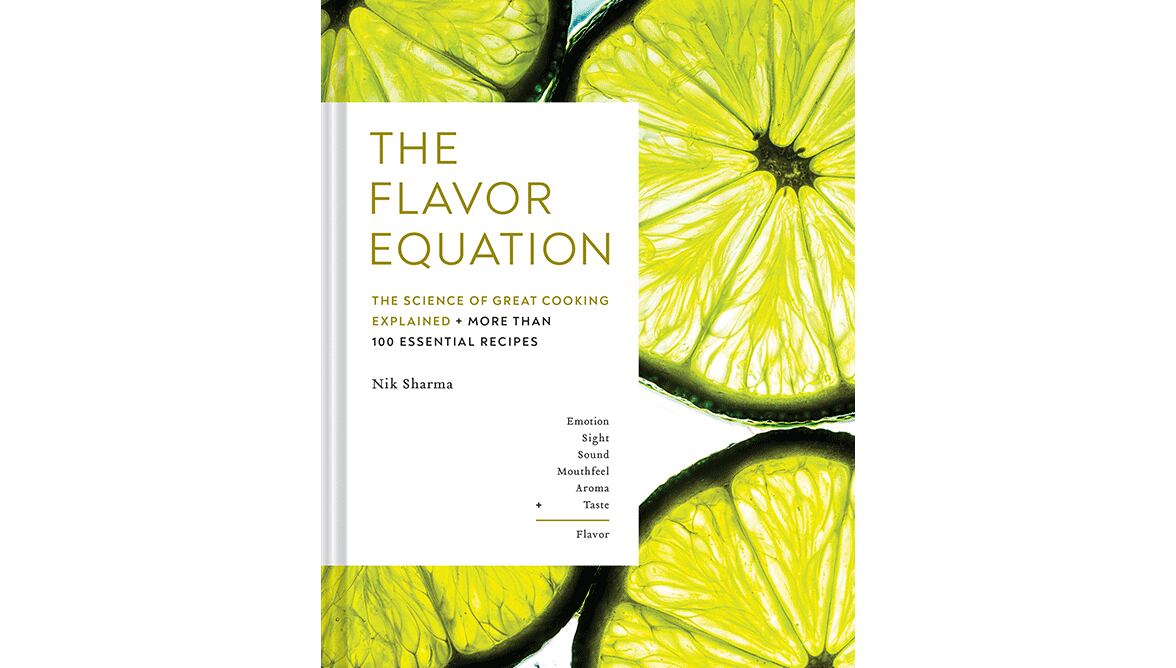Science was never my strong suit, and the fact that I managed to muddle through college biochemistry still mystifies me.
Undoubtedly, it wouldn’t have been such a slog if Nik Sharma had been my instructor. Sharma is the molecular biologist-turned-food writer whose first cookbook, “Season,” was a James Beard Foundation finalist in 2018. His second, “The Flavor Equation: The Science of Great Cooking Explained Plus More Than 100 Essential Recipes” (Chronicle, $35) was one of the most lauded cookbooks of 2020. Now that I’ve had a chance to dig in, I understand why.
Within these mesmerizing pages, Sharma teaches us how to engage all our senses — taste, smell, sight, sound, mouthfeel and emotion — to help us answer a very basic, and personal, question: why do we like some foods better than others? His knack for storytelling and eye for the camera pulls us in.
Sharma learned to love the scent of limes and loathe the taste of turnips growing up in India. Those memories affect his perceptions of those flavors today. He got his first chemistry set in high school, igniting a curiosity that eventually led him to grad school in the U.S.
Exploring California’s multicultural dining scene, he took notice of the similarities and differences between his new flavor discoveries and the familiar ones, and played around with those nuances in his own kitchen. A blog called “A Brown Table” chronicling those experiments followed, then a stint in a bakery, thus launching his food writing career.
Each chapter delves into one of seven flavor notes — brightness, bitterness, saltiness, sweetness, savoriness, fieriness and richness — with tips for using them to boost flavor and recipes illustrating how they interact. Tart tamarind offsets the bitterness of collards in a soup with chickpeas and lentils; ground cardamom amplifies the sweetness of coconut and semolina cookies; a sprinkle of bonito flakes on blistered shishito peppers offers a lesson in “umami synergism.”
With the mind of a scientist and the heart of a cook, Sharma explains these concepts in a way that compels us to get into the kitchen and start experimenting.
Susan Puckett is a cookbook author and former food editor of The Atlanta Journal-Constitution. Follow her at susanpuckett.com.
Read more stories like this by liking Atlanta Restaurant Scene on Facebook, following @ATLDiningNews on Twitter and @ajcdining on Instagram.
About the Author
The Latest
Featured


